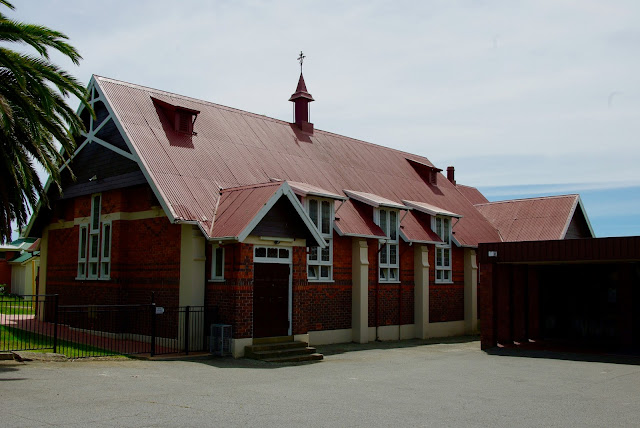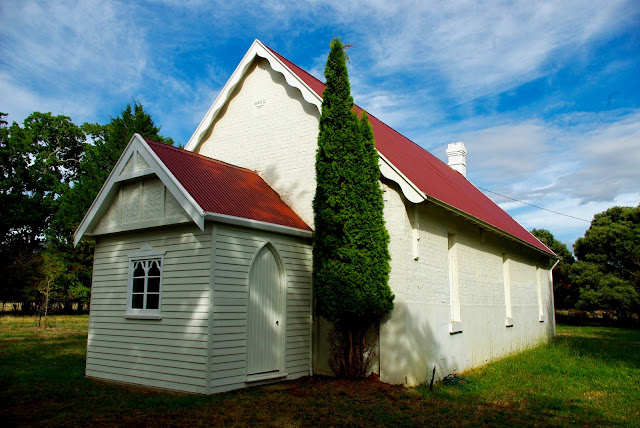No. 111 - St Mary's Evandale - 'Training up the Little Ones'

The establishment of a Catholic Church at Evandale is usually dated to ‘around 1863’. However, a report in the Examiner from November 1859 clearly dates this as four years earlier: “On Sunday last one of those pleasing and joyful events which gladdens the heart of the Christian took place in that charming and delightfully situated township, Evandale. For some time past the Catholics of the district, aided by their zealous pastor, have had in contemplation the erection of a church, where they might meet to worship God, and train up their little ones in the faith of their fathers. The good work is now happily completed. The church was solemnly opened on Sunday last by the Rev. M. O'Callaghan, whose lucid and brilliant discourse was listened to with breathless attention by a numerous audience, many of whom came from Launceston, thus testifying at once their zeal for God's house, and their respect and reverence for their priest and spiritual director. Too much praise cannot be give...



